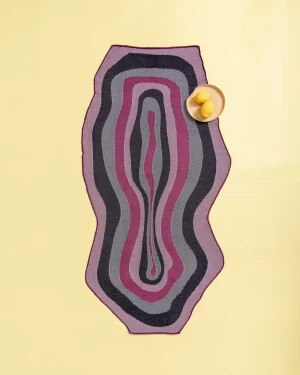Knitting is a technique that turns yarn into fabric. It's been around for a long time and likely started in the Middle East. Knitting is loved for its flexibility and the comfy, warm pieces it produces.
Origins of Knitting
- First records from the Middle East.
- Influenced by local customs and needs.
- Spread to Europe in the Middle Ages.
- Started as a way to make warm, functional clothes.
- Evolved into a respected art form.
Components and Materials in Knitting
- Wool: Warm and soft, but can be itchy.
- Cotton: Light and breathable, but less warm.
- Synthetic yarn: Durable, but may feel less natural.
- Silk: Luxurious but expensive.
Techniques in Knitting
- Garter Stitch: Simple and gives a ridged texture.
- Stockinette Stitch: Smooth on one side, bumpy on the other.
- Cable Knit: Creates twisting patterns for a 3D effect.
- Lace Knitting: Makes open, airy fabric.
Current Uses of Knitting
Notable Knitting Artists
- Ernesto Neto: Known for large, hanging installations.
- Meghan Shimek: Famous for wall hangings and sculptures.
- Orly Genger: Creates large outdoor installations.
- Sophie Digard: Known for intricate scarves and accessories.
- Jim Drain: Makes colorful, abstract pieces.
The Essence of Knitting
Knitting combines history and creativity. Its roots trace back to practical needs like warmth, but it has grown into an art form. Different types of yarn, like wool and cotton, give artists options for various pieces.
The range of knitting techniques means you can get many different looks and feels. From the simple garter stitch to the more complex cable knit, each method has its own unique appeal. This makes knitting a flexible medium for both functional and artistic pieces.
Today, knitting goes beyond clothing. Artists are making everything from decor to furniture, proving that this art form has a wide range of uses. Whether you're after a warm scarf or a stylish throw pillow, knitting offers something for everyone.
Artists like Ernesto Neto and Meghan Shimek show that knitting can also be a high art form. At Adorno Gallery, you'll find pieces that are more than just comfy—they're also beautiful works of art.
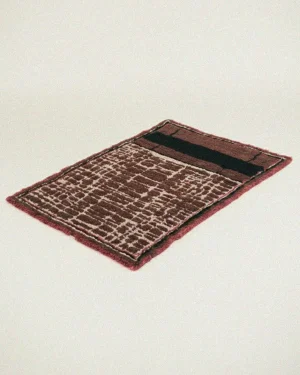 In stock
In stock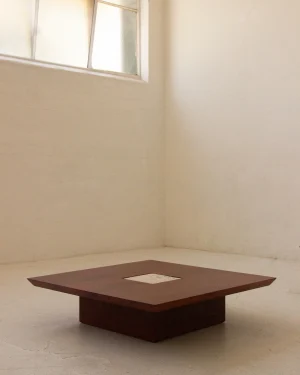
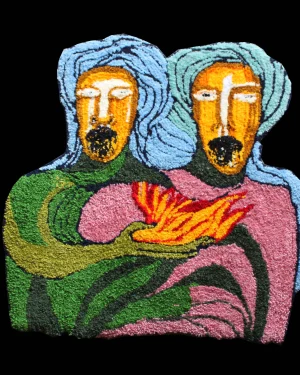 In stock
In stock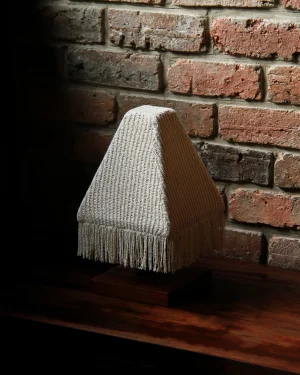
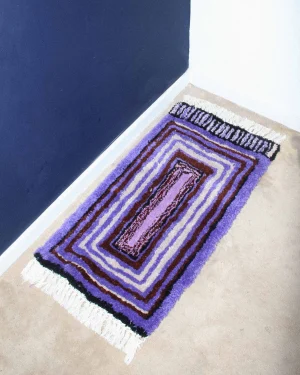 In stock
In stock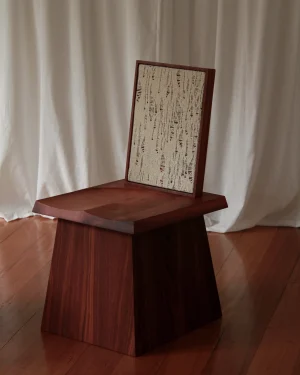
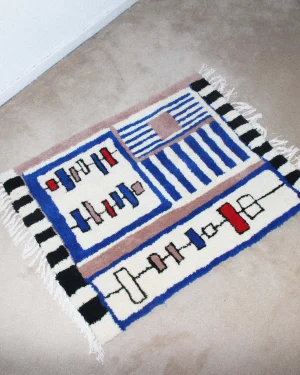 In stock
In stock In stock
In stock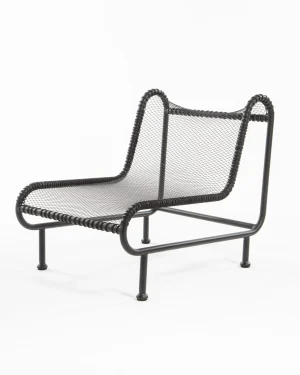
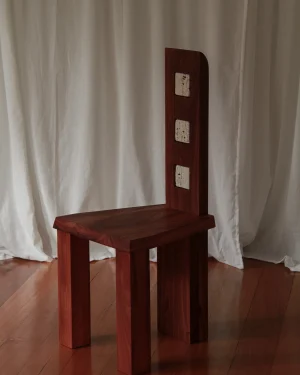
 In stock
In stock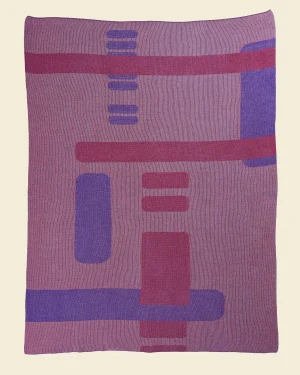
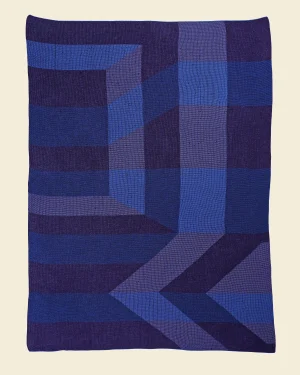
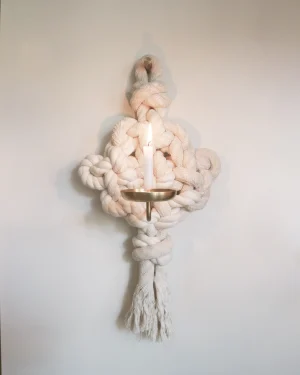 In stock
In stock In stock
In stock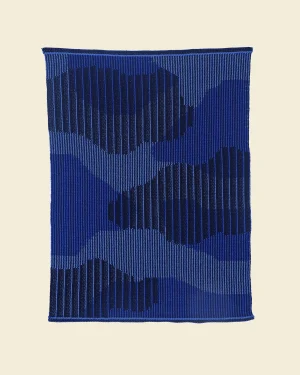
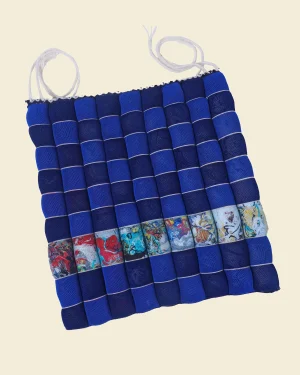
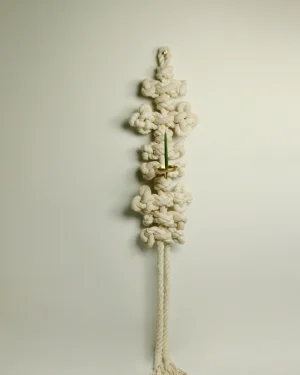 In stock
In stock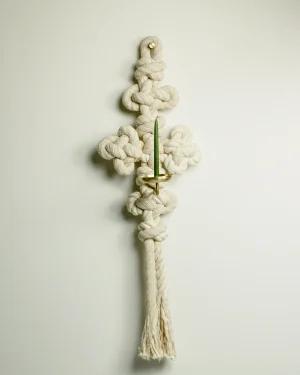 In stock
In stock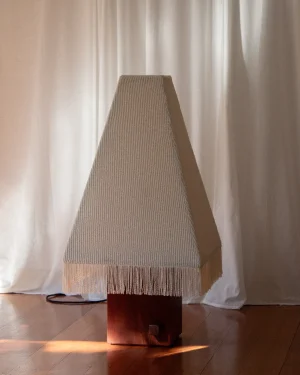
 In stock
In stock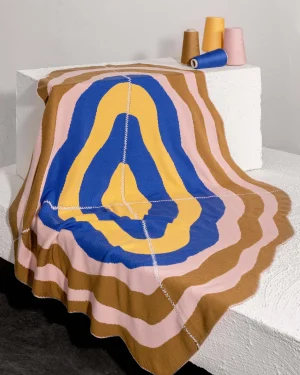 In stock
In stock In stock
In stock In stock
In stock In stock
In stock In stock
In stock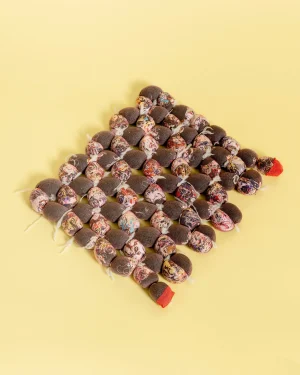 In stock
In stock In stock
In stock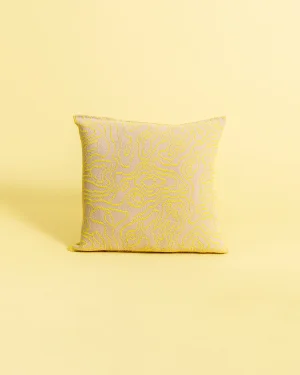 In stock
In stock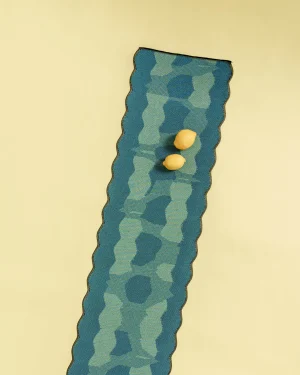 In stock
In stock In stock
In stock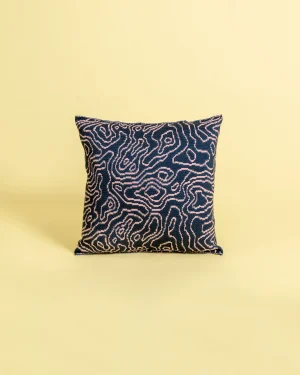 In stock
In stock


